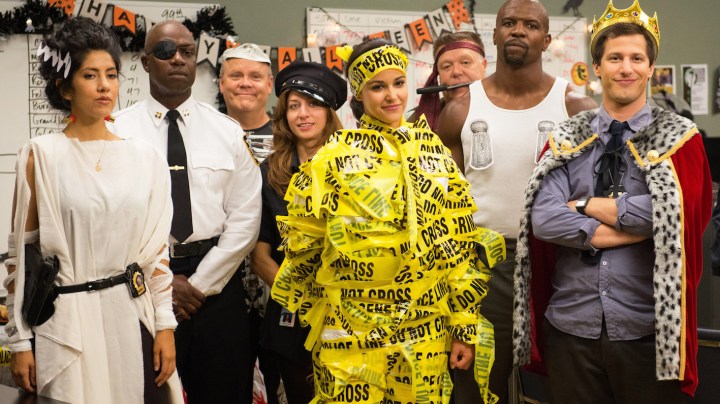As the nation cries out for more diversity in Hollywood films, we’re often met with the same refrain: “international sales.” It’s the rest of the world — studio execs tell us — that’s racist. The industry insists that massive emerging markets in China and Latin America just don’t want to see faces of color on the big screen, and 72 percent of global box office sales come from foreign receipts. Their hands are tied. It’s the almighty, infallible market that decides.
Luckily yet another group of eggheads at UCLA’s Ralph J. Bunche Center for African American Studies has gone ahead and provided undeniable evidence that these execs are either bad liars or bad businessmen. Whichever it may be, the Bunche Center’s third annual Hollywood Diversity Report has carved out an important niche amidst a sea of annual diversity reports thanks to its focus on the relationship between diversity and the bottom line. That is to say, how much does diversity really affect studio’s pocketbooks?
The simple answer is: not at all. In fact, in most cases it is equated with overall box office and ratings success for both feature films and television series. To arrive at this staggering conclusion, the researchers over at the Bunche Center examined the top-billed eight actors in 163 Hollywood films from 2014 and 1,146 television shows airing or streaming during the 2013-14 season, making their calculations based on international sales data. Here is a breakdown of some of the report’s more surprising findings, all of which lend more credence to a now universally accepted truth: Hollywood’s got its head up its backlot.
The Multicolored Sweet Spot
The report found that films with 41-50% diversity had the best overall box office performance. Unfortunately of 163 films studied, this only amounted to eight films and included the animated feature Rio 2. The median global box-office for these eight films totaled an impressive $122.2 million, while films that were 10% minority or less pulled in a paltry $52.6 million on average. More importantly, the more diverse films also had a higher return-on-investment relative to their budgets.

Minorities Like Movies With Minorities
It’s already well documented that minorities make up a disproportionate amount of moviegoers, with Latinos alone constituting 25% of “frequent moviegoers” compared to our 17% share of the population. According to the study, minorities purchased 46% of overall movie tickets in 2014, but constituted 58.2% of the audience for films with a 41-50% diverse cast. To boot, we made up more than 50% of moviegoers for four of the top 10 films of the year, including the number one titleholder Transformers: Age of Extinction.

We Also Prefer Different Shades of TV
Minorities showed a clear preference for network television shows with a cast that was over 50% minority, which of course only amounted to four shows. Whites weren’t too far behind either, with a ratings peak at the 41-50% sweet spot.

But Our Tastes Start to Diverge with Cable
Thanks to a much more niche-oriented cable TV landscape, the breakdown of preferences by minority subgroup starts getting all sorts of crazy. African Americans seem to prefer series with more than 50% diversity, Latinos follow a few points behind with a preference of 31-40% minority (more or less equivalent to percentage of the overall population), while Asians tended toward shows that were a measly 11-20% minority. Well, no one ever said we were monolithic.

We’re trending up
Naturally all sorts of factors go in to these determinations, and when analyzing this data we have to be careful not to confuse correlation with causation. Are these films successful because they’re diverse, or simply because they were more broadly appealing and cast accordingly? Whatever the relationship may be, we can look at this study as definitive proof that minority actors do not hurt a film’s performance in any perceivable way. What’s more, since the last study was released in 2015, the highest grossing category has bumped up from 31-40% minority.

